Shutter speed is the third main setting that you can adjust for achieving a great light in your pictures.
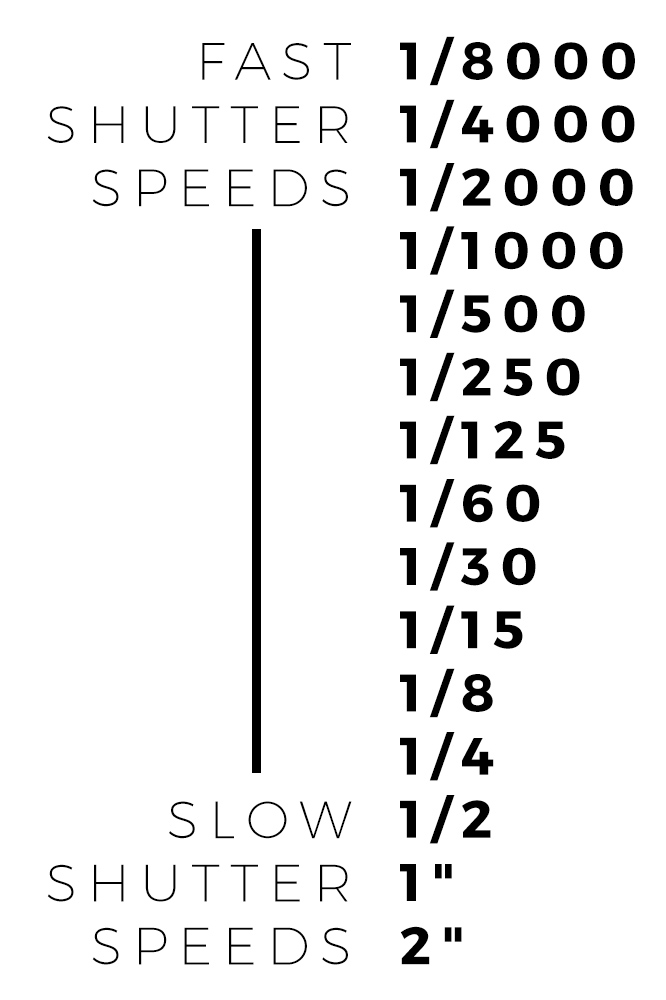
I found some time ago a great comparison for the shutter speed: at the end of a long, dark hallway there is a door and the trigger is how fast or slow you open and close that door.Between these two operations - the opening and the closing of the door - the light gets in.
The speed of the light coming in is measured through fractions of a second: 1/80, 1/100, 1/125, 1/200, 1/2000.These are actually mathematical fractions that can be transformed into absolute values: 1/80 = 0.0125; 1/200 = 0.0050; 1/2000=0.0005 and so on.
The question with aperture is - do I snap a picture very slowly (e.g. 1/80 and probably I will need a tripod) or quickly because I have enough light?A general rule for using a tripod is: if I have a 50 mm lens, then I will need a tripod for shutter spped values below 1/50 sec.Sometimes, when shooting at lower shutter speed, I even hold my breath for 2-3 seconds, not to shake the camera…Also, in poor light conditions (and when we need that door to stay open for a longer time) - for example in the evening, we need a tripod, so that our hands won’t shake the camera.
Another good comparison, both aperture and shutter speed are compared to a water tap and the amount of the water flowing is the light.It depends first how large this water tap is (for example a diameter of 0.5 cm up to 2 cm) at and how much water do you I let flowing in - like filling a bucket with water, do i have a small water tap and I let water flowing in with a small pressure from the water tap or the viceversa. If the diameter of the water tap is large (aperture / f-stop of 2.0) and I want the water to flow with a high pressure (a shutter speed of 1/100), then I will get a lot of water in = my picture will receive lots of light.
Here are some examples of pictures, that will give you a hint on settings, with main accent on shutter speed this time:
Set 1
The pictures were taken on a very sunny day, around afternoon.
Pic 01
A low f-stop number of 1.8 will bring in focus the foreground (persons and grass) with a very fuzzy background (the trees).
Pic 02
I wanted to have the focus on the child and with a low f-stop of 1.8 and I created the blurred sensation for the extended wooden path in the background.
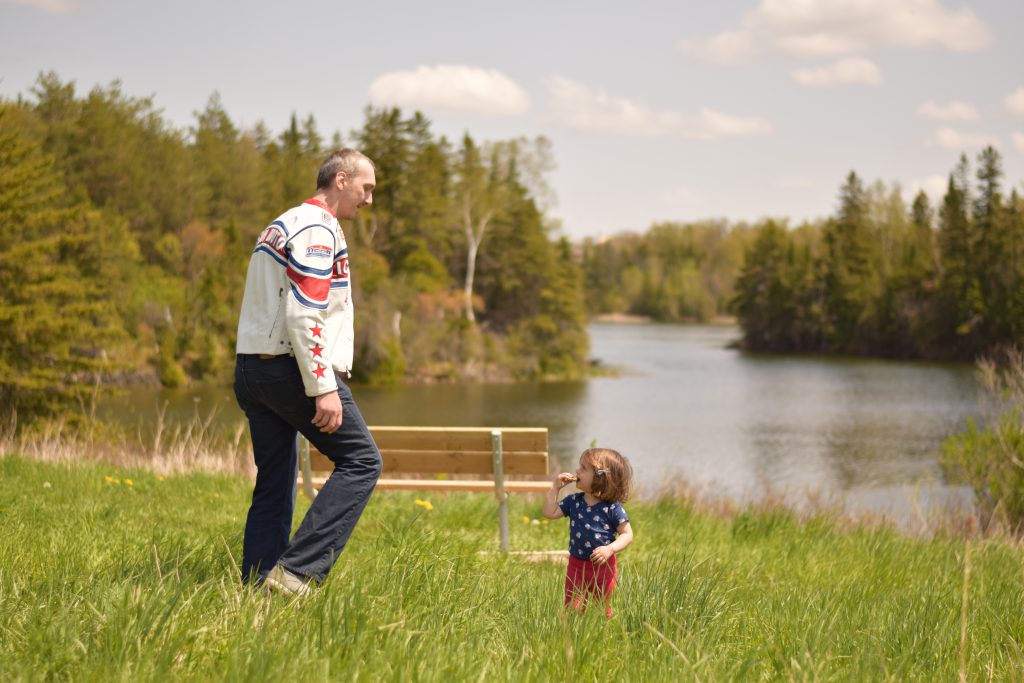
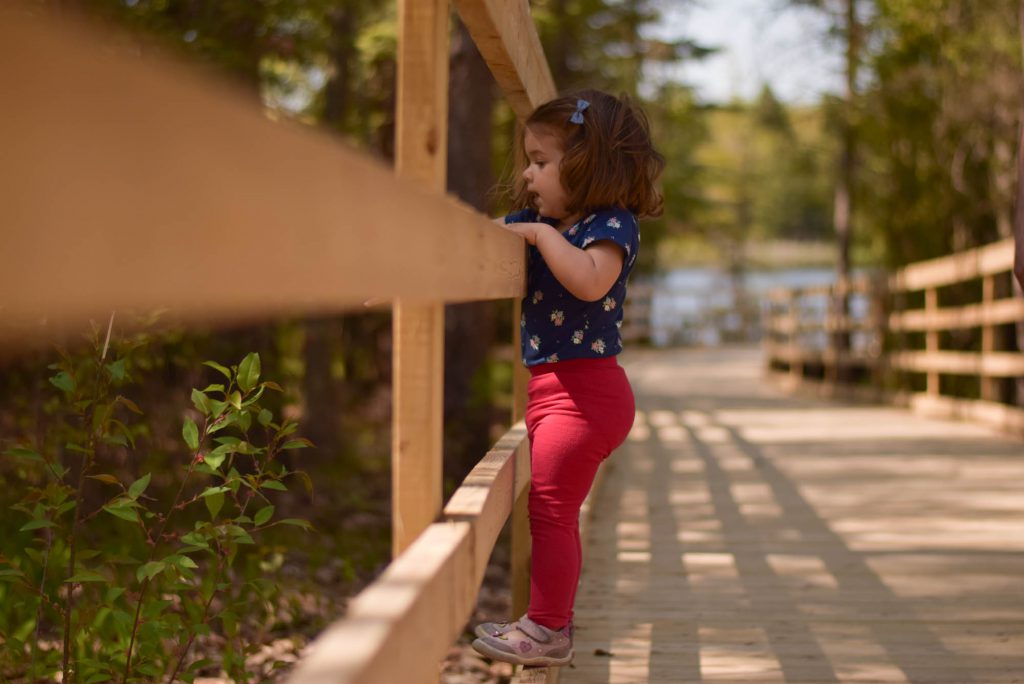
Set 2
The pictures were taken on a very bright sunny day, around afternoon, seaside landscape.
Pic 03
A simple focus on the windows symmetry.
Pic 04
A simple focus on the pattern symmetry.
Pic 05
Seaside landscape, focus on the path - leading lines.
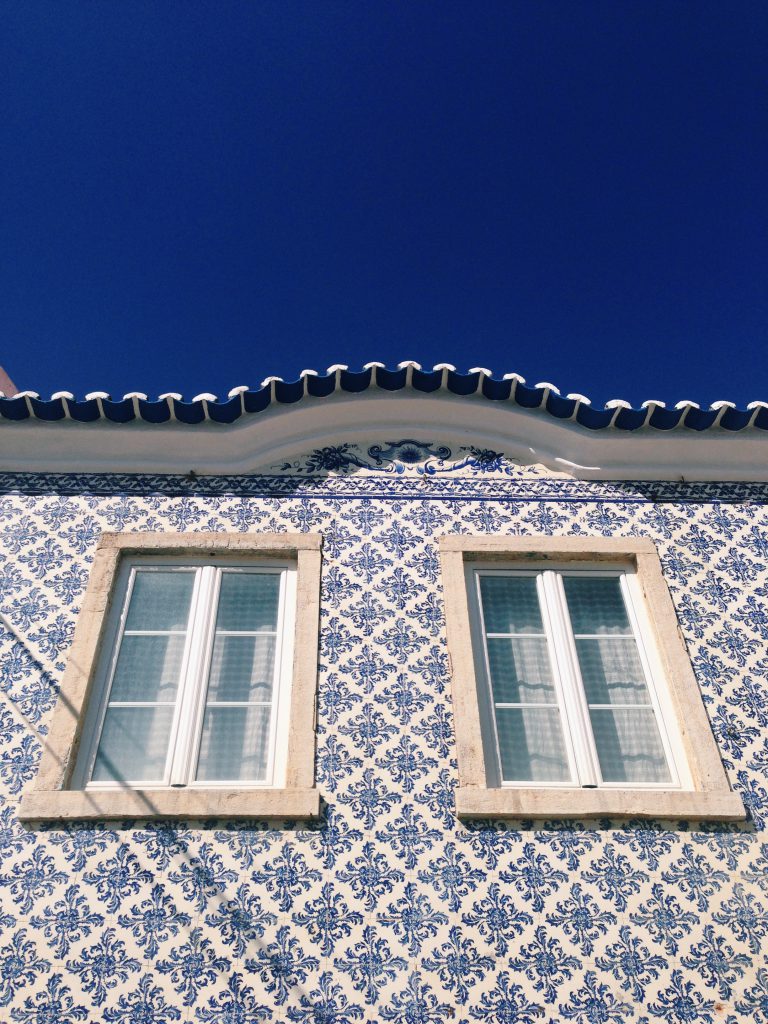
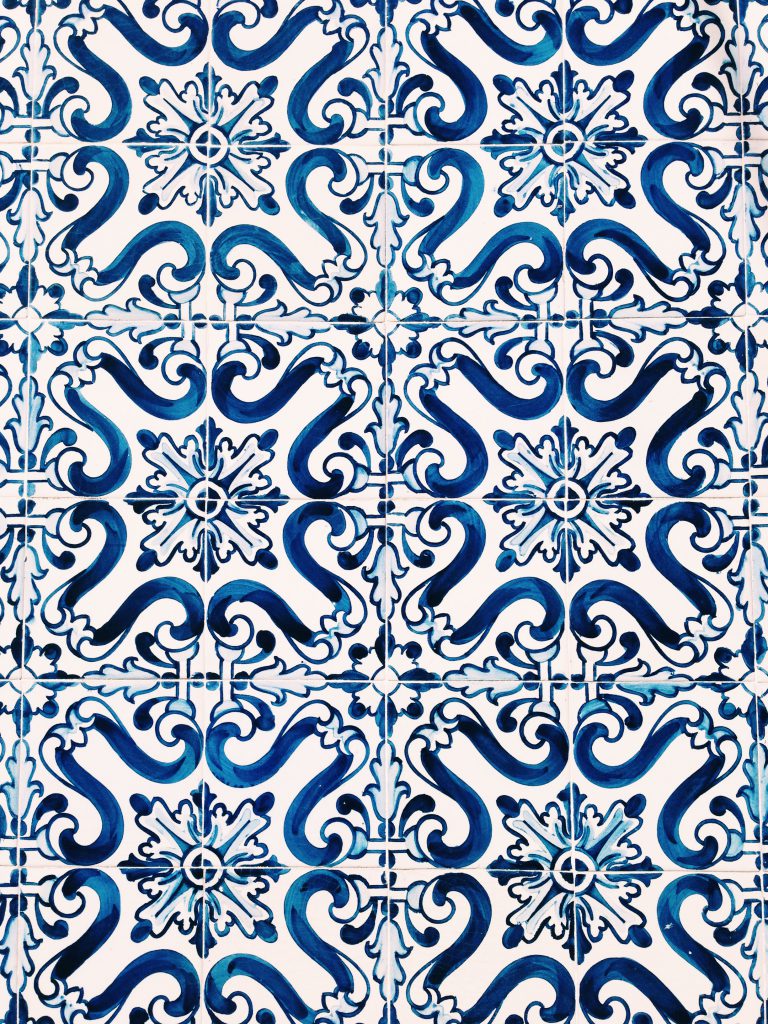
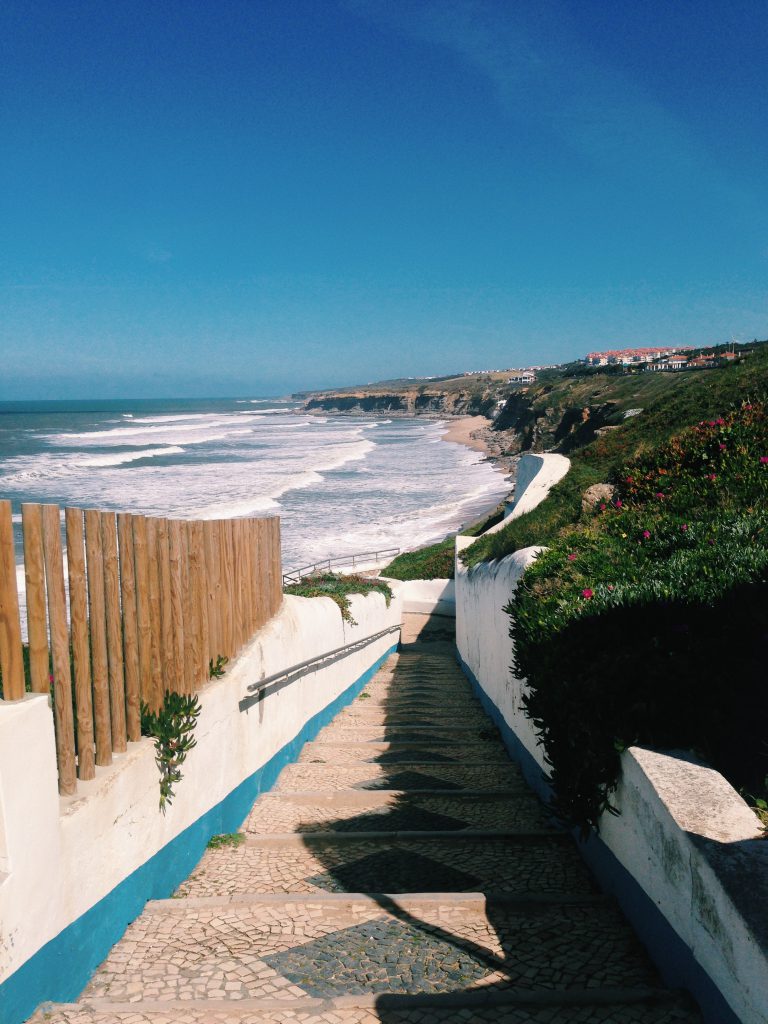
Set 3
Indoor pictures, poor window-side light, afternoon time.
Pic 06
My intention was to have that warm feeling around the Thank you card, you cand even spot the paper type with a little bit of zoom.
Pic 07
The picture was shooted on an angle (around 40 degrees) , to show the logo of my pottery studio, placed on a wooden piece, to create that comforting sensation.
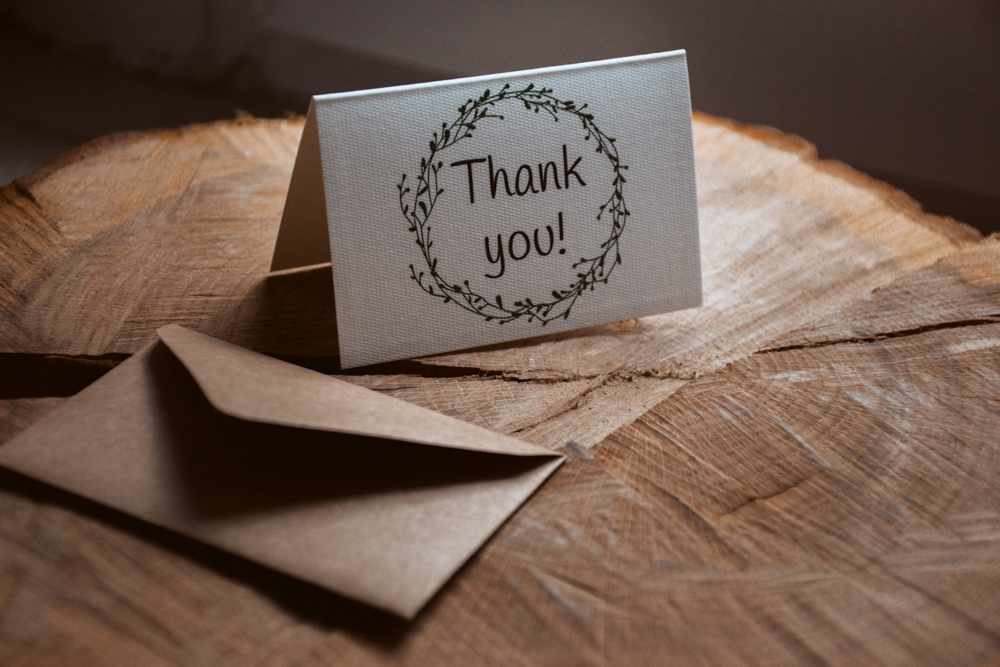

Set 4
Indoor product photography, great window-side light, afternoon time, I used a tripod for each of them.
Pic 08
My intention was to have that warm feeling around the Thank you card, you can even spot the paper type with a little bit of zoom.
Pic 09
The focus was here on the hydrangea flowers and creating a composition with flowers in the same colour palette and also flowers that fit my handmade vase.
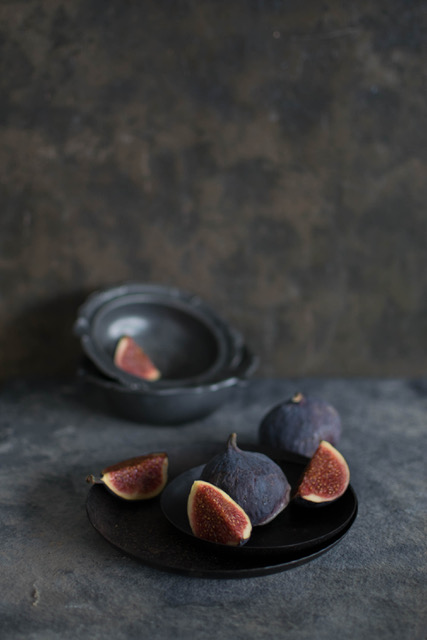
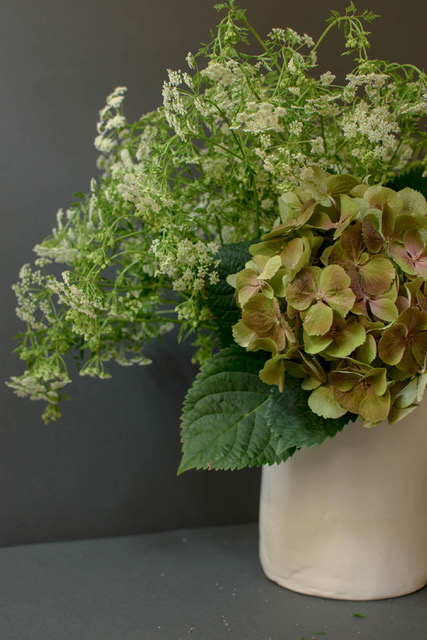
Conclusion
You have now the basic information on the triangle of settings for creating a great light in your pictures: ISO, aperture and shutter speed.
My suggestions is that when you shoot a great picture, by great knowledge or trial and error, you write in a file or in a workbook the context - creating a journal for beautiful pictures:
- what type of photography (product, portrait) and if you have a main subject,
- time of the day and direction of the source light,
- if you used a tripod or not (even a “handmade” one like using books on a table) and the settings
- the purpose of that picture: what ideas or what story did I want to emphasize with that picture, just a few words to remember the context.
I sometime find myself taking pictures having a great memory or story in my head, attached to that picture, and if I not save it in a special category, I can loose that precious connection!
Once again, enjoy the testing and play with the settings!